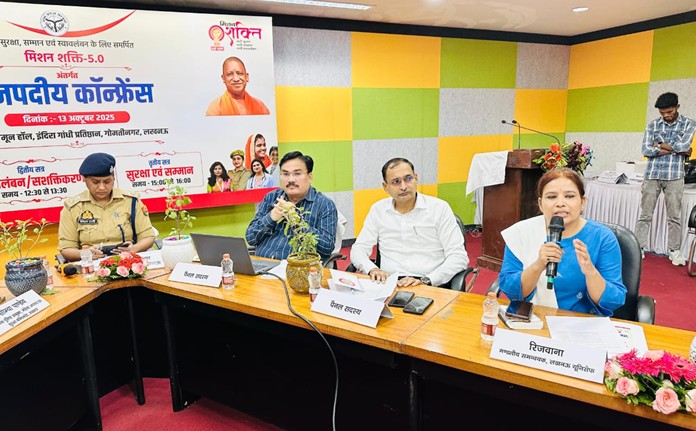New Delhi: India’s crime landscape has seen a shift in recent years, with smaller, lesser-known gangsters emerging as significant players. This changing pattern is marked by a combination of evolving tactics, the decentralization of organized crime, and the rise of digital platforms that allow small-time criminals to operate with more anonymity and agility.
Key Factors in the Rise of Small-Time Gangsters
- Decentralized Crime Networks: Traditional organized crime in India was dominated by a few powerful syndicates like the D-Company or gangs in Mumbai and Delhi. However, law enforcement pressure and internal gang conflicts have fractured these networks. This has allowed smaller players to fill gaps, particularly in cities and towns with less police scrutiny and resources.
- Digital Transformation of Crime: Many emerging gangsters have adapted to digital platforms for planning, coordinating, and executing criminal activities. These platforms allow for encryption and privacy, making it easier for small-time criminals to operate under the radar and coordinate without leaving a traceable footprint. This shift has made it harder for authorities to monitor activities, track transactions, and preempt crimes.
- Localized Criminal Enterprises: Smaller gangs have adopted a hyper-local approach, focusing on specific communities or neighborhoods. Unlike the larger syndicates that operate nationally or internationally, smaller gangs target localized markets for extortion, smuggling, and drug trafficking. Their intimate knowledge of these areas gives them an edge, as they can blend into the local community and exploit weak enforcement at the grassroots level.
- Social Media for Intimidation and Control: Emerging criminals often use social media to project an aura of power. Posting threats, flaunting wealth, and sharing gang activities online helps them gain influence and intimidate rivals or the local population. This trend has allowed even small-time gangsters to quickly establish a feared reputation.
- Increased Involvement in Cybercrime: Smaller criminal entities have branched out into cybercrime due to its lucrative nature and low risk. Activities such as online extortion, digital fraud, and ransomware attacks require minimal infrastructure but yield high rewards. Unlike physical crimes, digital crimes can often be carried out with reduced manpower, allowing these smaller gangs to leverage technology effectively.
- Less Predictable and More Violent: Unlike the older crime syndicates that often maintained “codes” or unspoken rules, newer gangsters may be more reckless and unpredictable. The absence of a structured hierarchy and the need to quickly establish dominance has led to increased levels of violence, making these gangs even more dangerous.
Law Enforcement Challenges
The rise of smaller criminal players has presented unique challenges to law enforcement:

- Resource Allocation: Police and intelligence agencies often focus on high-profile gangsters and organized crime networks, allowing smaller gangs to operate unnoticed.
- Technology Gap: While criminals leverage digital tools effectively, law enforcement agencies may face budgetary and training constraints in combating cybercrime, allowing these criminals an advantage.
- Fragmented Data: Smaller, localized criminals aren’t always accounted for in broader crime tracking systems, making it difficult for authorities to recognize patterns and trends in their activities.
Implications for Communities and Security
The impact of these evolving crime patterns has been felt across many sectors. Residents in some areas live under the constant threat of extortion or theft, while businesses face an increase in robberies, fraud, and vandalism. Moreover, small-time criminals using violent methods and intimidation disrupt community stability, creating an environment of fear that hinders growth.
The rise of smaller, agile criminals is reshaping India’s crime landscape. Their use of digital platforms, localized focus, and unpredictability demands a new approach from law enforcement and communities alike. Increased digital literacy among police, improved community-based intelligence, and targeted cybercrime resources will be critical in countering this modern wave of crime.






